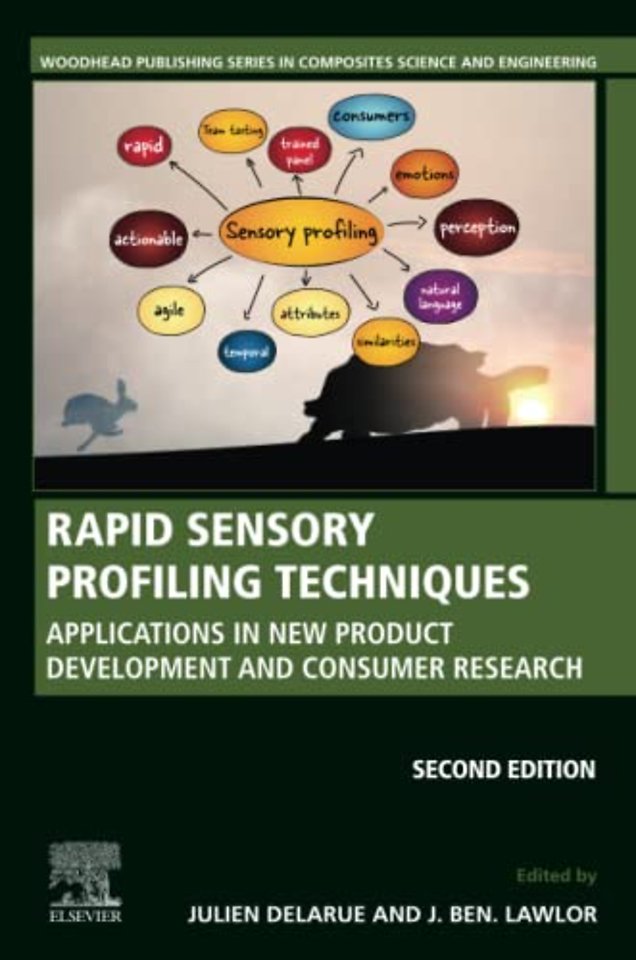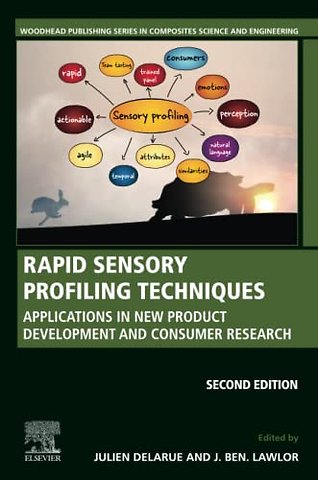1. The use of rapid sensory methods in R&D and research: an introduction<br>2. Alternative methods of sensory testing: advantages and disadvantages<br>3. Rapid and Slower Methods to Measure Emotion Responses to Food Products<br>4. Measuring sensory perception in relation to consumer behavior<br>5. Expedited procedures for conceptual profiling of brands, products and packaging<br>6. Flash Profile, its evolution and uses in sensory and consumer science<br>7. Free sorting as a sensory profiling technique for product development<br>8. Free multiple sorting as a sensory profiling technique<br>9. Free-JARs<br>10. Napping and sorted Napping as a sensory profiling technique<br>11. Polarized sensory positioning (PSP) as a sensory profiling technique<br>12. Check-all-that-apply (CATA) questions with consumers in practice: experimental considerations and impact on outcome<br>13. Open-ended questions in sensory testing practice<br>14. Temporal dominance of sensations (TDS) as a sensory profiling technique<br>15. Ideal profiling as a sensory profiling technique<br>16. Adoption and use of Flash Profiling in daily new product development: a testimonial<br>17. Improving team tasting in the food industry<br>18. Alternative methods of sensory testing: working with chefs, culinary professionals and brew masters<br>19. Sensory testing with flavourists: challenges and solutions<br>20. Projective Flash Profile from experts to consumers: a way to reveal fragrance language<br>21. Use of rapid sensory methods in the automotive industry<br>22. Sensory testing in new product development: working with children<br>23. Sensory testing in new product development: working with older people<br>24. Non-Meat Analogs – A Mind Genomics Cartography of their perceived health benefits<br>25. Natural Language Processing<br>26. A perspective on the evolution of descriptive methods

